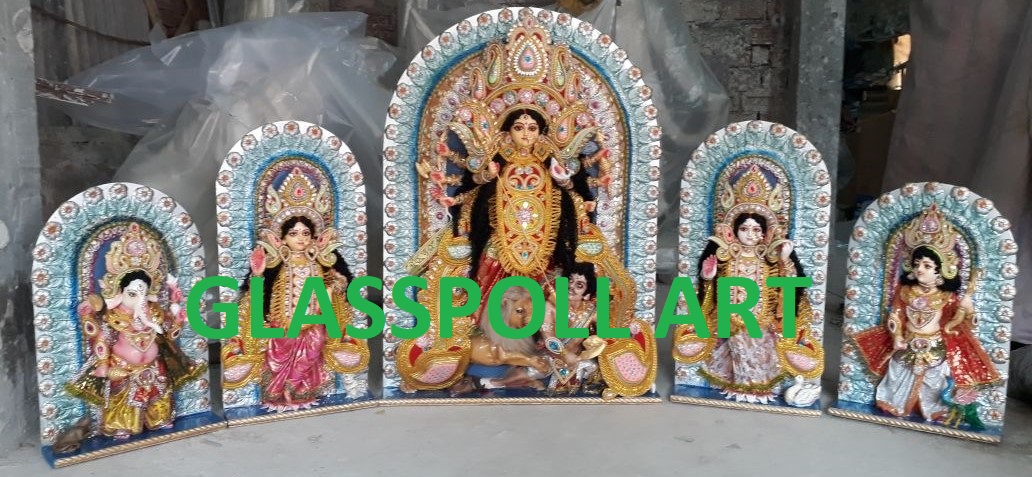
Posted on 24 Jan
Durga Puja, the grand festival celebrating the triumph of good over evil, holds a special place in the hearts of Bengalis, and no other city captures the essence of this celebration quite like Kolkata. The capital of West Bengal transforms into a cultural kaleidoscope during the puja season, adorned with lights, colors, and the spirit of festivity. Central to this celebration is the creation of the iconic Durga idol, a masterpiece that embodies the rich cultural heritage of Kolkata and the Bengali community.
The Pomp and Grandeur of Kolkata's Durga Puja
Kolkata's Durga Puja is not merely a religious event; it is a cultural extravaganza that engulfs the entire city in a festive fervor. The streets come alive with vibrant decorations, mesmerizing light displays, and the rhythmic beats of traditional dhak drums. Pandals, elaborately themed temporary structures housing the Durga idols, compete for attention with their innovative designs and artistic brilliance.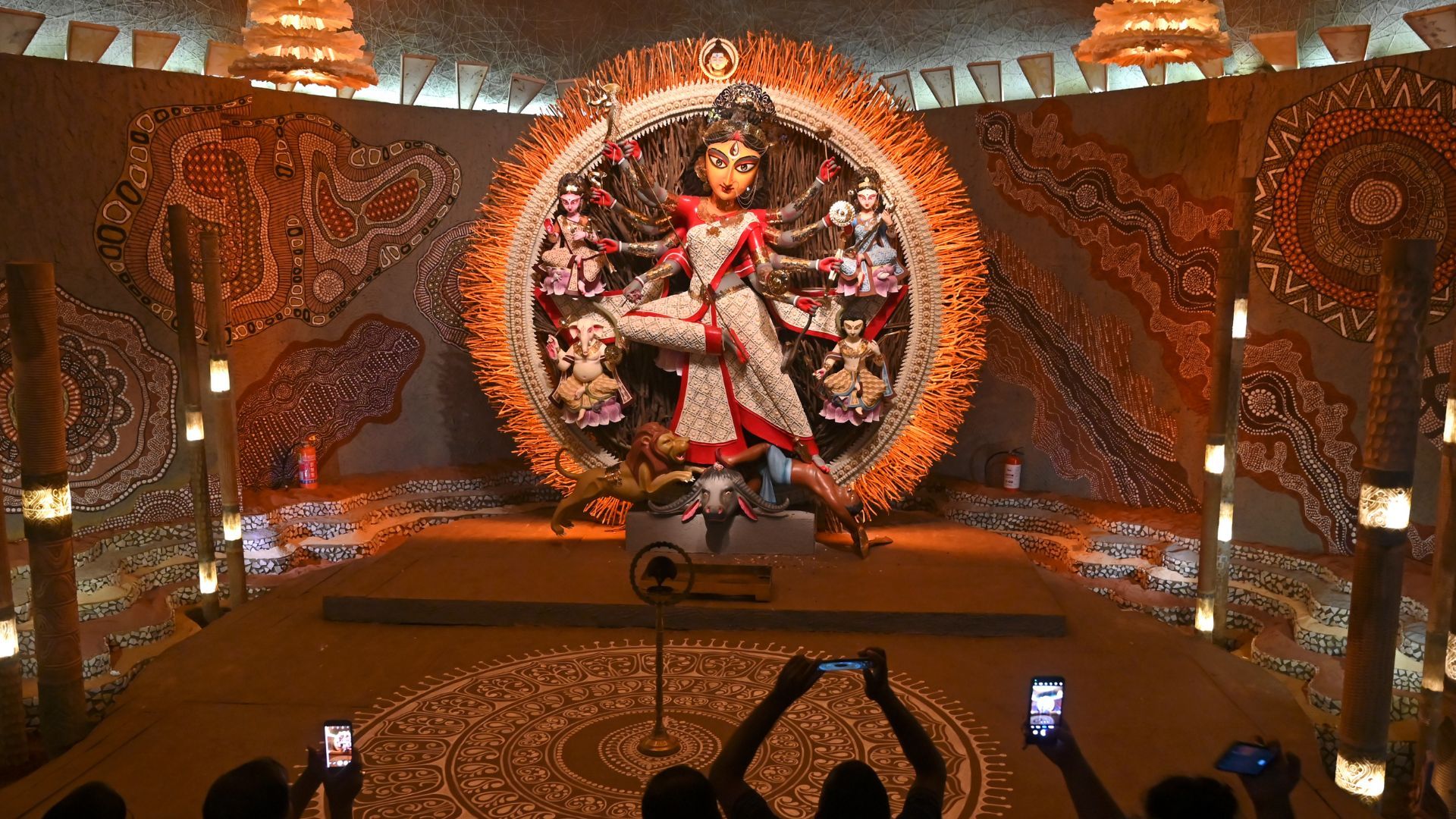
The artistic and cultural heritage of Kolkata finds expression in every aspect of Durga Puja. From the mesmerizing sound of conch shells announcing the arrival of the goddess to the aroma of traditional Bengali sweets wafting through the air, the celebration engages all the senses. Families and communities come together, reflecting the communal spirit that defines Bengali culture.
The Making of Durga Idol: A Fusion of Art and Devotion
At the heart of Kolkata's Durga Puja is the creation of the Durga idol, a process that blends traditional craftsmanship with artistic innovation. Skilled artisans, often belonging to generations of idol makers, meticulously sculpt the goddess and her entourage from clay sourced from the Hooghly River. The process is not merely a craft; it is a sacred ritual that involves chanting of mantras and invoking the divine spirit into the idol.

The Durga idol in Kolkata is a symbol of artistic excellence. Artisans infuse life into the clay, bringing forth intricate details that reflect the goddess's strength and beauty. The eyes of the idol, known as "Chokkhudaan," are a moment of profound significance, as they are believed to hold the divine gaze that safeguards the devotees.
Bengali Traditions and
Rituals During Durga Puja
Durga Puja in Kolkata is not just about grand processions and artistic creations; it is deeply rooted in Bengali traditions and rituals. From the Anjali, where devotees offer prayers and flowers to the goddess, to the Dhunuchi dance, a traditional dance with a smoking clay lamp, each ritual adds a layer of cultural richness to the celebration.
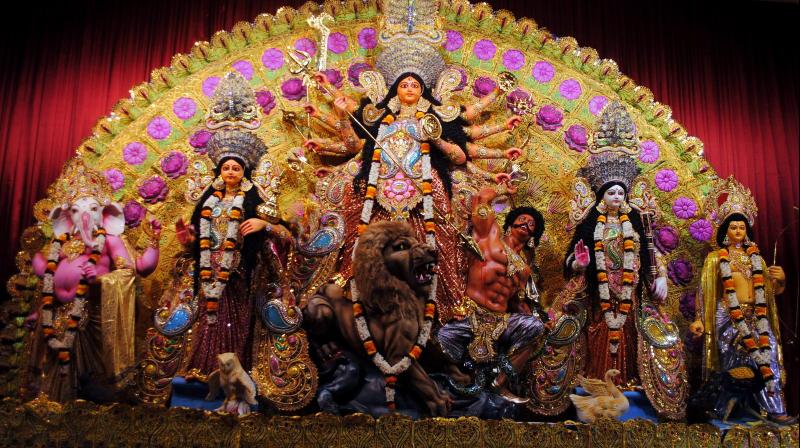
Kolkata's Durga Puja is a testament to the indomitable spirit of the Bengali & Hindu people, celebrating their cultural identity, devotion, and artistic brilliance. The Durga idol, standing tall amidst the vibrant festivities, encapsulates the fusion of tradition and modernity, a symbol of resilience and unity that defines the soul of Kolkata's Durga Puja. In this city of joy, the celebration of Durga Puja is not just an event but a living, breathing expression of the collective heartbeat of a community that takes pride in its rich cultural tapestry.
Durga Puja: A Historical and Cultural Tapestry
Durga Puja finds its roots in ancient Hindu mythology, specifically in the tale of the battle between the goddess Durga and the demon Mahishasura. The festival celebrates the victory of good over evil and is marked by fervent devotion and elaborate rituals. Over the centuries, Durga Puja has evolved into a cultural extravaganza, combining religious traditions with artistic expression.
The festival typically spans ten days, with preparations beginning months in advance. The heart of the celebration lies in the creation and worship of Durga idols. Traditionally, these idols are crafted from clay, symbolizing the connection between the divine and the earthly realm. The meticulous process involves skilled artisans shaping the goddess and her entourage, infusing life and devotion into every detail.
Durga Puja, the grand festival celebrated with immense fervor and devotion, is synonymous with the creation of intricate and divine idols of the goddess Durga. Traditionally crafted from clay, these idols have been the heart of the festivities for centuries. However, with the advent of new materials, particularly fiberglass, the landscape of Durga idol making has witnessed a transformative shift. In this comparative analysis, we will delve into the characteristics, advantages, and considerations associated with clay idols, fiberglass Durga idols, and other materials, exploring the impact of these choices on the cultural and artistic aspects of Durga Puja celebrations.
1. Clay Durga Idols: Embracing Tradition
Clay has been the primary material for crafting Durga idols since the inception of the festival. This traditional approach symbolizes the connection between the divine and the earthly, emphasizing the transient nature of life. The process involves skilled artisans molding the idols with locally sourced clay, infusing life and devotion into every detail.

Characteristics:
• Cultural Significance: Clay idols maintain a deep cultural and religious significance, resonating with the historical roots of Durga Puja.
• Biodegradability: Traditional clay idols are environmentally friendly as they are made from natural materials and are biodegradable.
• Artistic Craftsmanship: The craftsmanship involved in molding clay idols is considered an art form, with artisans passing down their skills through generations.
Considerations:
• Fragility: Clay idols are more susceptible to damage, especially during transportation and exposure to the elements.
• Environmental Impact: While the clay itself is eco-friendly, concerns arise when large-scale idol immersion occurs in bodies of water, impacting aquatic ecosystems.
To buy clay idols you can visit: https://kumartuliidolmaker.com/home.html
2. Fiberglass Durga Idols: Innovating Tradition

To buy fiberglass Durga idol you can visit: https://glasspollart.com/product-category/durga-idols
3. Other Materials in Durga Idol Making
Leave a Comment:
Comments
Aman Vishwakarma
I want 2.5 feet durga puja idol of ma'am durga (small size)
Categories
Popular Posts
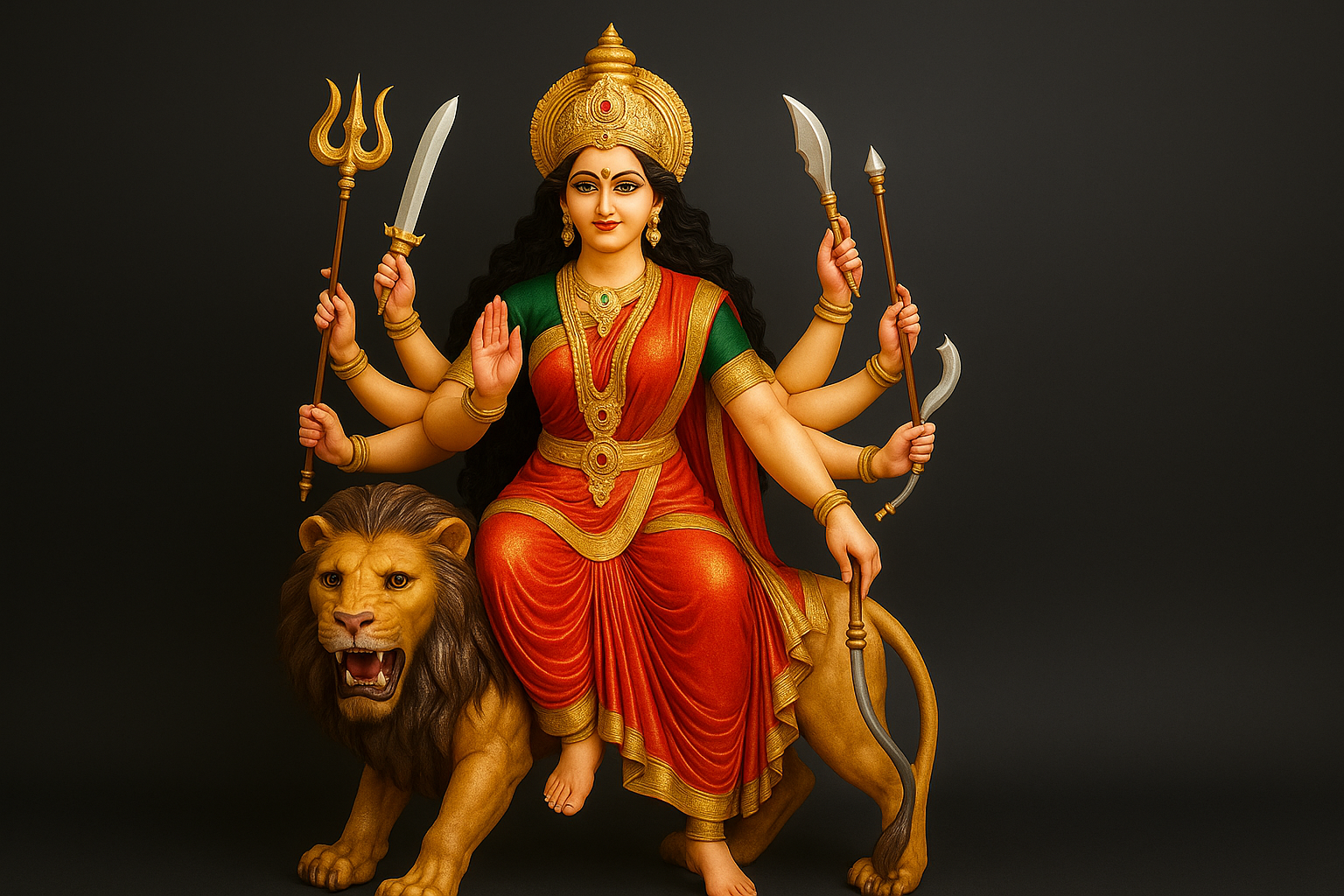
7 Expert Tips for Choosing the Perfect Fiberglass Durga Idol
Durga Puja is not just a festival—it's a deep spiritual and cultural expression of devotion, art, and tradition. In recent years, fiberglass Durga idols have grown in popularity due to their lightwe
Read More →

How Glasspoll Art Ensures Quality in Every Fiberglass Sculpture
Fiberglass sculptures are not just decorative pieces—they are a blend of artistry, craftsmanship, and precision engineering. At Glasspoll Art, we take immense pride in delivering high-quality, dur
Read More →

Glasspoll Art: Leading Manufacturer and Exporter of Fiberglass Durga Idols
Durga Puja, one of the most celebrated festivals in India, is a time of devotion, cultural vibrancy, and artistic splendor. At the heart of these celebrations are the magnificent Durga idols, which sy
Read More →

Revolutionizing Tradition: The Journey from Clay to Fiberglass Durga Idols
Durga Puja, the grand festival celebrating the triumph of good over evil, holds a special place in the hearts of Bengalis, and no other city captures the essence of this celebration quite like Kolkata
Read More →

Fiber children sculpture
Over the last couple of years, Fiber children sculptures are in high demand. These statues are perfect option to décor a place. You can place the statue inside and outside in a children’s park, p
Read More →
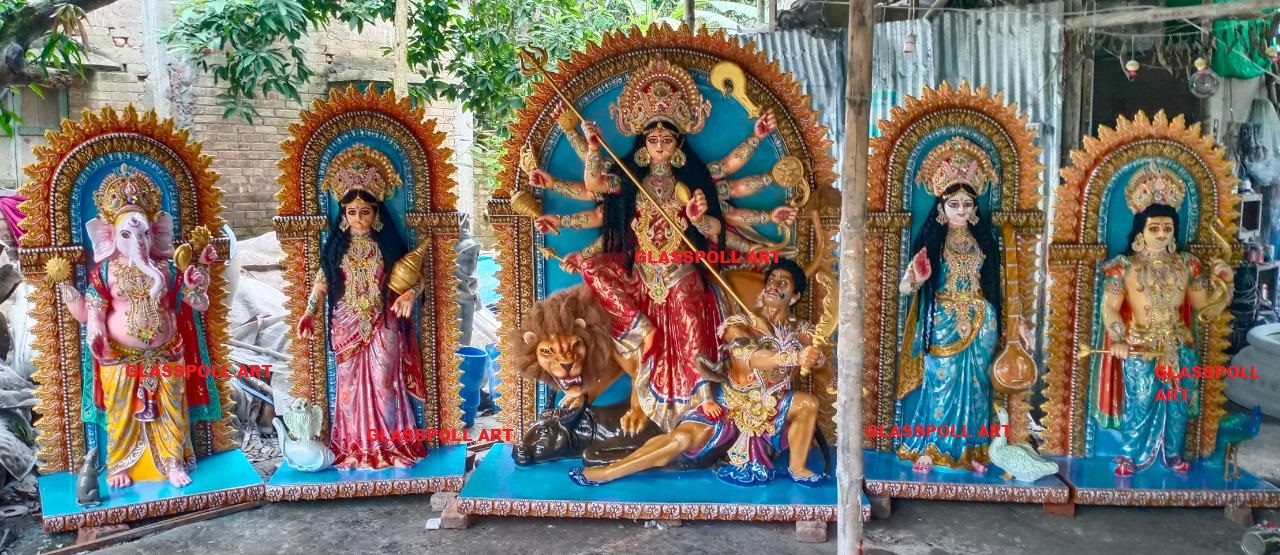
0-N
The True Essence of Durga Puja:Durga Puja is just not only a festival, it’s a heartfelt emotion for all Bengalis who live in abroad. It doesn’t matter; if a Bengali lives in UK, USA or North Ameri
Read More →

Fiberglass Durga Idol
Why To Choose Fiberglass Durga Idols Made by Glasspoll Art? Durga Puja is undoubtedly the most glorious festival in West Bengal and for Bengalis. This greatest festival of autumn allows every B
Read More →
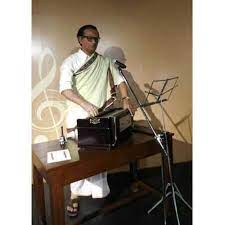
Hemanta Mukherjee Silicon Statue
The Indian Music Industry is truly endowed with some legendary personalities for watch till now Indian songs; music, films are quite popular in the world. There are many personalities time to time wer
Read More →
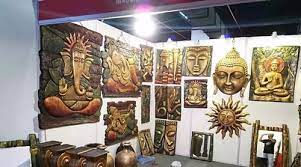
Fiberglass Wall hanging
Without any doubt, adding beautiful wall hanging can define a space in a different way. You can set a mood or colorful vibes to any style of the room. This is what makes the wall hanging unique and be
Read More →

Fiberglass Saraswati statue
“Ya Kundendu Tusharahara Dhavala Ya Shubhra VastravritaYa Veena Varadanda Manditakara Ya Shveta PadmasanaYa Brahmachyuta Shankara Prabhritibhir Devaih Sada PujitaSa Mam Pattu Saravatee Bhagavatee Ni
Read More →

Fiberglass thinking woman statue
Human being always believes in the power of art, creativity, and ability to open people’s heart and minds. Public art or creation has the capability to teach us, inspire us, or just to make us smile
Read More →


